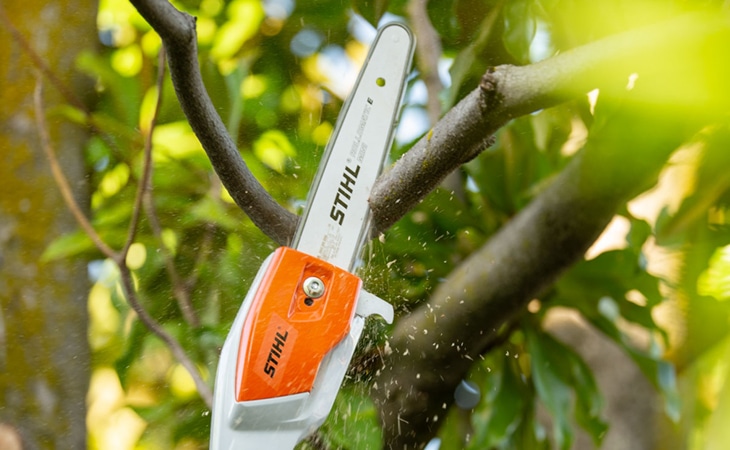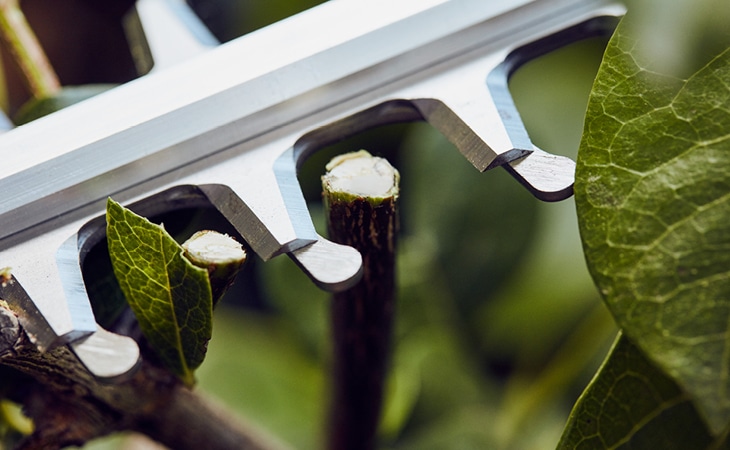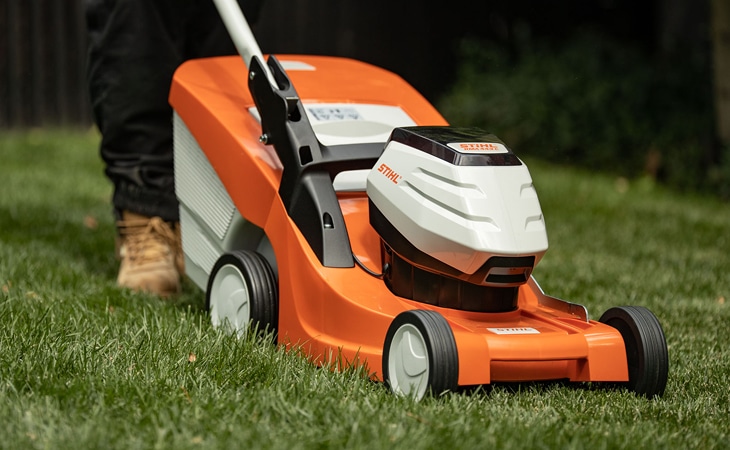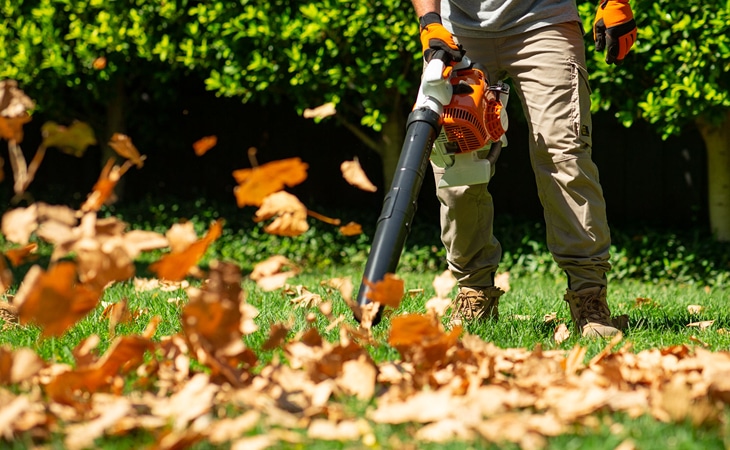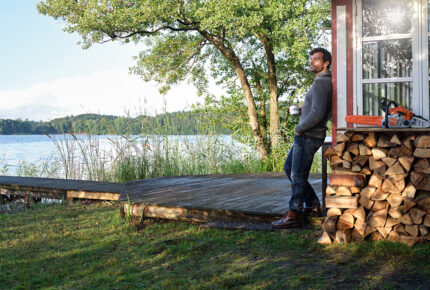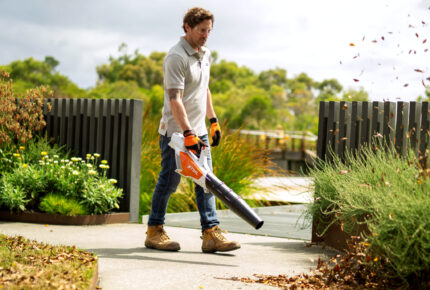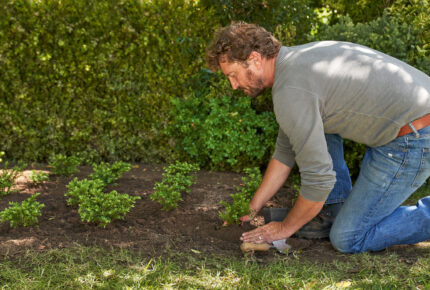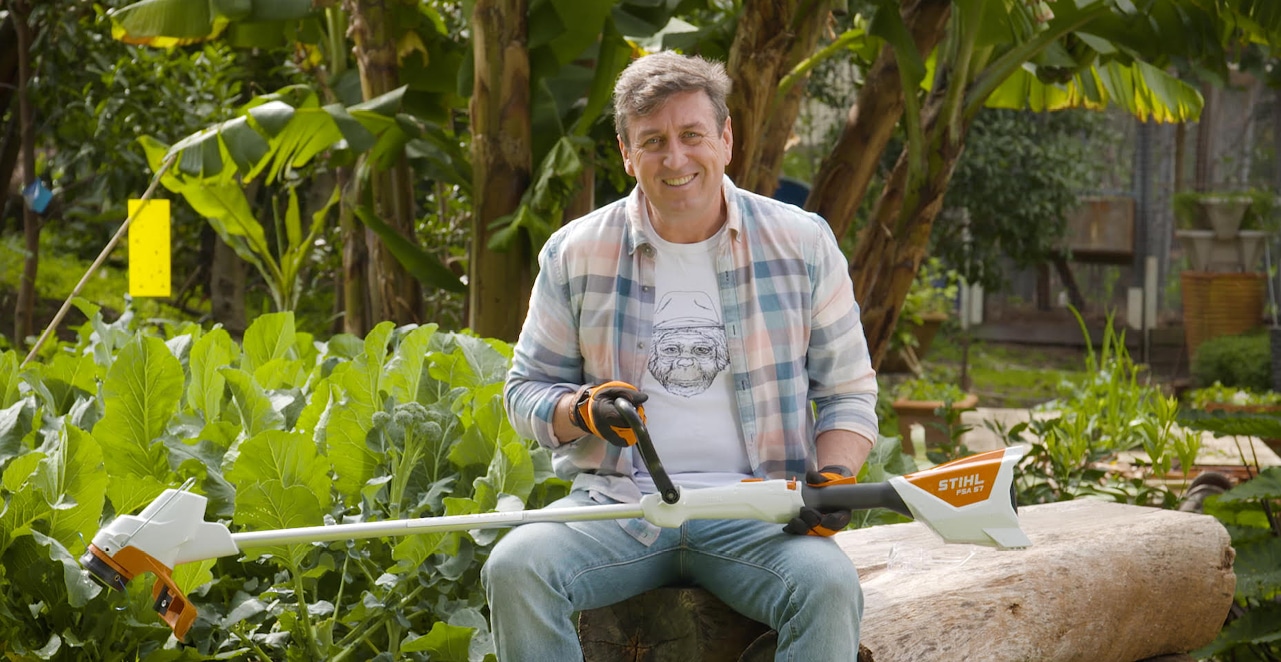
#Inspiration
Top Tips to Improve Your Curb Appeal with Trevor Cochrane
Autumn is one of the best times of the year to get busy in the garden. The weather is finally bearable and there is plenty to be done that will immediately boost your curb appeal, making sure your home looks great right through to spring. Now is also the time to start preparing your garden for Winter, so it not only looks great all season long, but so the Winter weather doesn’t cause any damage to your garden or more importantly, your home. Here are my top tips for what to do in the garden this Autumn.
AUTUMN PRUNING
Autumn is the time for pruning thanks to the gentle weather conditions, making it the best time of year to define the structure of your garden. Doing this during Autumn will also make sure your garden looks neat and tidy right through winter until the next flush of growth hits during spring. However, the way in which you tackle pruning is important. First up, cutting tools should have sharp blades and the blades should be clean. This is vitally important as dirty blades covered in sap can transfer disease, and blunt blades can tear bark, opening wounds that can become infected with disease and fungal infections.
With manual loppers and pruners, using a grind stone with a lightly oiled surface will be perfect. Lay the blade down with the sharp side pointed towards you and push the blade away from you over the stone with it angled to the sharp cutting edge. This is the most effective way to sharpen your hand tools, and also a safe way to do it. When it comes to chainsaws and pole pruners, a sharp chain is vitally important. Keeping your chain sharp can be done at home, but if you’re unsure and would rather leave this task to an expert, this is something your local STIHL Dealer will be happy to help you with. That’s just one of the many reasons why I choose STIHL tools, their STIHL Dealer network provides a service that is second to none, supporting you long after you’ve made your purchase.
When it comes to deciding what to prune, tree limbs that are dead, diseased or damaged is a good place to start. If you can make the branches more compact they will be sturdier. For deciduous trees, winter is the time to look at structure and shape of the tree canopy but for now, reducing length in limbs should be your main focus. This is something that I’d always recommend investing in a good pole pruner to do. Lifting a chainsaw overhead is incredibly dangerous, especially when you’re removing branches above you. A telescopic pole pruner will allow you to safely trim branches from trees.
LAWN CARE
After a busy few months of mowing, lawns across the country are just a few weeks away from moving into an almost dormant stage, so Autumn is a great opportunity to set them up to look fantastic throughout the winter. The first thing to remember is weed control, and trying to get bare patches covered. As the first rains of our traditional wet season set in across much of southern Australia, we need to feed and mow the lawn more frequently to get the desired coverage across bare patches and smother any broadleaf weeds out before winter sets in and they can outcompete the lawn for sunlight and nutrients.
The best lawn fertiliser is a slow release lawn food, this will feed small amounts every day for three months which is ideal for strong healthy lawn growth. Lawn Builder from Scotts is one of the most trusted fertilisers used by professionals and one I regularly recommend as it doesn’t need to be watered in. It produces a strong consistent growth and never fails to impress with its results.
Mowing is best done in cross patterns, never mow the same pattern if you can help it. Your mower can be set to a low setting currently, particularly if your keen enough to mow twice a week. My huge 1200m2 lawn is currently getting that level of TLC and the results speak for themselves. One thing I have done to improve the general health of the lawn is apply a new Biogenic Amorphic Silica product called Mineral Magic to the lawn at a rate of approximately 1kg per square metre. This is a highly absorbent ancient rock mineral that once applied, improves your soil forever. Its negatively charged attracting nutrient and water and holding it around the lawns thatch layer and this results in a dramatic improvement in lawn health. Being a soluble silica form, it improves the lawns cellular strength, making it more resilient to stresses in the environment and resistant to pest and disease infestation. It’s an exciting new product that keeps your lawn looking amazing and is applied as a surface covering allowing it to wash into the thatch layer.
Or, if you feel like your lawn is in need of a complete makeover, Autumn is the time to do it. Aerating your lawn will allow it to breathe again. The process of aeration can be done manually with a metal stake, however a much easier alternative is with the use of an aerating tool, such as the STIHL MM 56 MultiSystem with the aerating attachment. This will be particularly handy for those with larger blocks and more ground to cover.
The next step is to remove the thatch. Lawn thatch is a mix of dead and living plant material which has built up over time. It’s a combination of leaf litter, lawn clippings, and just general debris from your garden which build up over time, forming a thin covering on your lawn. While a little thatch isn’t necessarily harmful, too much can suffocate your lawn and if left alone, it can have the same impact as compacted soil, and prevent vital nutrients getting to the roots of your lawn. You can remove the thatch manually with a rake, or using a dethatcing tool. The STIHL MM 56 also has an attachment specific to this task which will get the job done with half the effort and in half the time.
Keeping on top of leaf litter
The latter stages of autumn will see considerable leaf litter from deciduous trees which I always recommend keeping because there are so many ways to make use of it in your garden. Breaking it down and adding some chicken manure to it in a compost heap or bin will see it rapidly turn into an amazing compost that will feed your soil and plants, improving their general health and appearance. It can also be collected and mulched with the use of a blower vac and then spread across your garden beds.
Autumn veggies
Autumn is a great time to get into the vegie garden. Summer crops need to be removed now, as you prepare your soil for cooler weather vegetables. Improving the soil dramatically using compost and cultivating it into the topsoil is very important and you’ll really notice the difference.
In my garden, I added compost and some mineral magic and cultivated it into the topsoil at a depth of 20 to 30cm, where most the plants feeder roots sit. My practise is to let the soil sit and rest for 6 to 8 weeks before planting brassica’s and root vegetables for my winter harvests, which include Kale, Broccoli, Cabbage and Cauliflower. The root vegetables include Parsnip and Carrots, both best eaten straight after harvest.
One perennial I will be planting in May is Horseradish which has an incredible flavour boost for most winter warmer dishes, as well as being an essential ingredient with Sushi and Sashimi where it’s usually the main ingredient in the wasabi we buy in tubes from supermarkets.
If there’s one piece of advice I can leave you with during Autumn, it’s not to neglect your garden as the weather starts to cool down. While the growth may slow, it’s still important to keep an eye on it, keeping it tidy and neat as the winter weather rolls through.
For everything you need to prepare your garden for the winter ahead, visit your local STIHL dealer.

